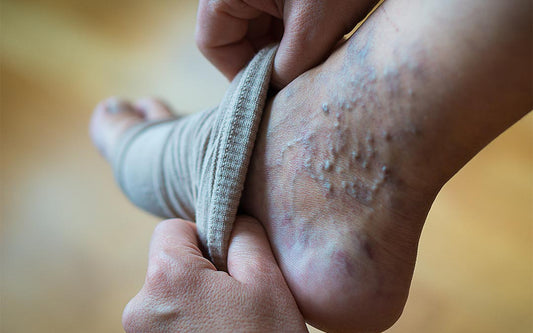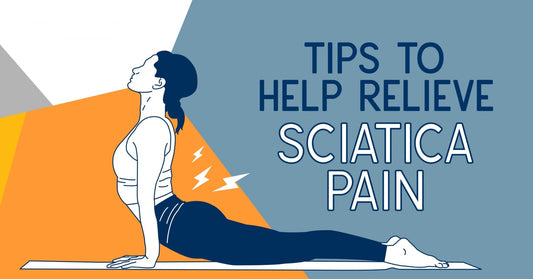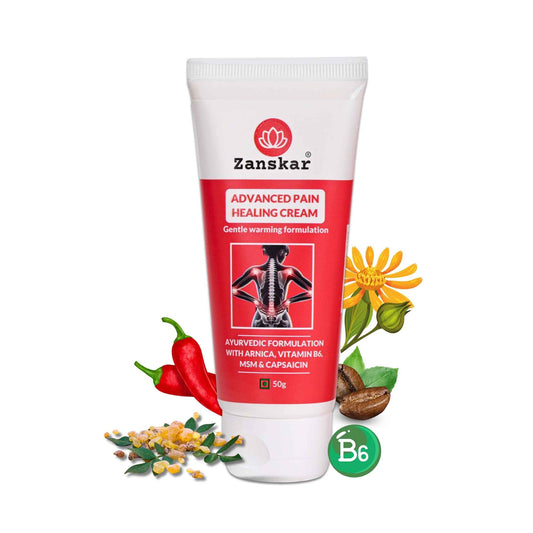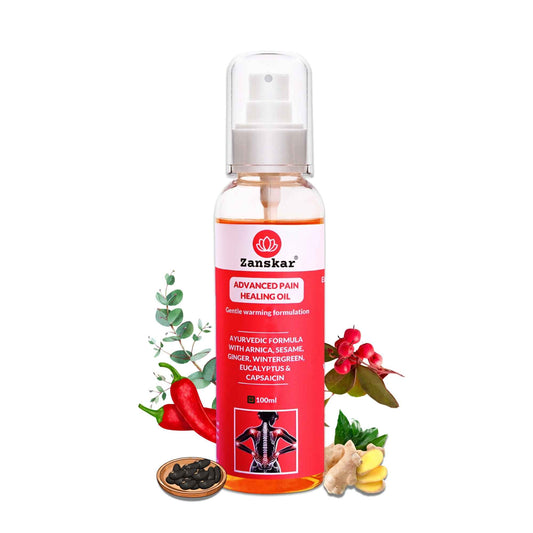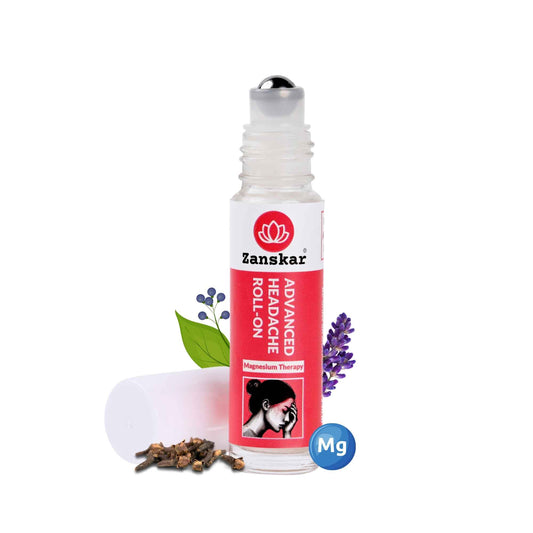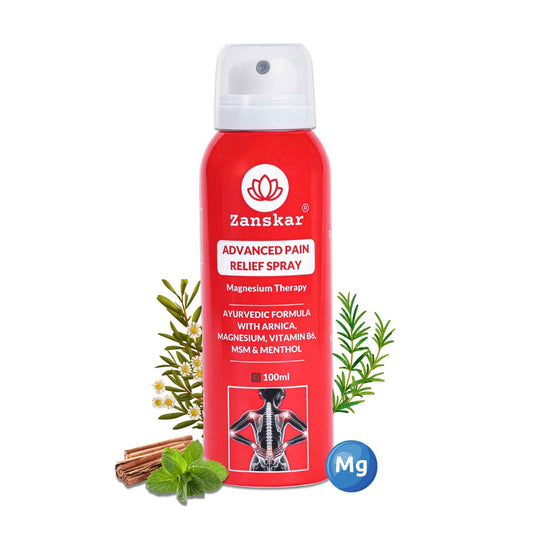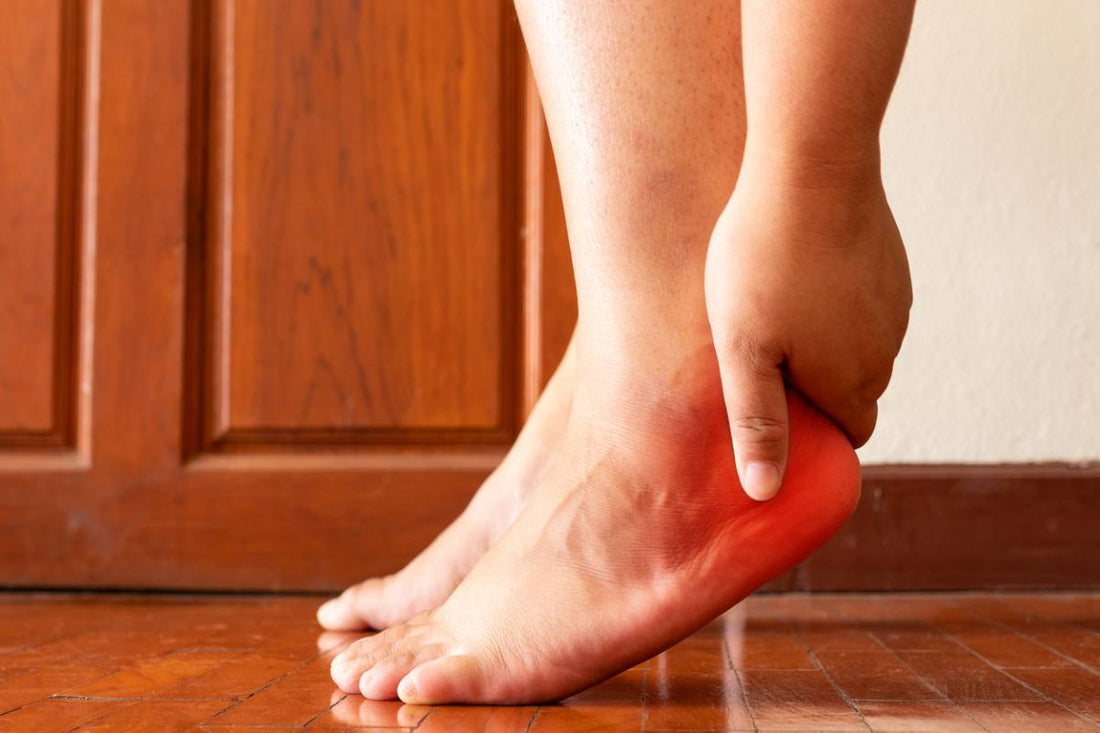
Everything You Need to Know About Heel Bone Spurs
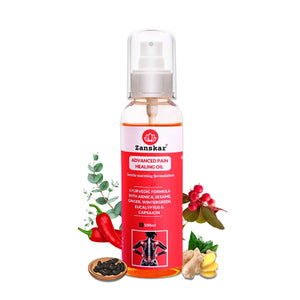
Have you ever experienced an unexplained pain in your heel and wondered what was causing it?
While heel pain can be connected to several conditions, one of the most common conditions is heel spurs. To help you recognise when you might be experiencing heel spurs (and when it might be something else), we’ve put together a list of key points to help you get relief as quickly as possible.
What is a heel spur?
Heel spurs, also called bone spurs or calcaneal spurs, are a type of growth that develop below your heel bone due to calcium deposits that build up over time. They can also develop at the back of the heel, where the Achilles tendon inserts into the bone. Because these deposits grow inside your foot, they often go unnoticed until symptoms begin to present. While some heel spurs are painless, others can cause significant discomfort if not correctly tended to.
Because these growths cause a bony protrusion on the bottom of the heel, they can cause extensive inflammation around the heel bone. This means that the more impact or weight placed on your heel, the more likely you are to make the condition worse.
While athletes or people working on their feet all day are most likely to notice the increasing discomfort caused by heel spurs, a sudden onset of symptoms related to the condition can happen to anyone.
Even though spurs are commonly found in the heel, they can also form in other areas of the body, such as the knees, hip, spine, shoulder, and hands.

What can cause a heel spur to form?
Heel spurs are usually caused by long-term strain on foot muscles or ligaments that cause direct stress and trauma to the heel bone. Continuous damage or bruising to the heel bone prompts the body to react by building up additional bone tissue. This bone tissue develops over a period of time, so it’s not usually noticeable until it begins to interfere with the general function of your heel.
Even though anyone can develop a spur in the heel, there are some risk factors associated with the condition. These can include:
- Age
- Conditions such as joint pain
- Excess bodyweight
- Poorly fitting footwear
- Wearing flip flop too often
- High impact athletic activity
- Physically-demanding careers
How can I tell if I have a heel spur?
Heel spurs don’t always have symptoms and because they grow inside the foot, they can be tricky to spot. Even when they present symptoms, patients often class intermittent symptoms as not requiring immediate treatment. As with almost every health condition, early detection is usually the best way to ensure the widest variety of treatment options.
Bone spurs in the heel are most commonly diagnosed using advanced imaging, but there are some symptoms you can look out for:
- Pain (intermittent or chronic): This pain can be sharp or dull, depending on the severity of your heel spur.
- Inflammation: Inflammation or swelling at the front of the heel is a common complication of the condition.
- Heat radiating from heel: An area of your heel that is warm to the touch can be a sign of a developed spur.
- Changes in the tissue around the heel: For those who are particularly observant when it comes to their feet, a change in the tissue around your heel might be noticeable.
- Protrusion from underneath your heel: Even though it is more common for the bony growth associated with heel spurs to remain inside your foot, they can also grow in size to a point where they begin to protrude outwards.
- Tenderness: If you’re an athlete or are on your feet a lot, tenderness in the area where your heel meets the ground as you walk or run is sometimes an indication of heel spurs.
How do I know if I have a heel spur or plantar fasciitis?
While there are some similarities, heel spurs and plantar fasciitis are in fact two separate conditions. The most significant difference between the two is that while a heel spur is a calcium deposit or growth (spur), plantar fasciitis is inflammation of a ligament that connects the heel bone to bones in the toes.
Pain from plantar fasciitis usually presents in the arch of the foot and the heel, while heel spur pain is usually localized to the heel. Even though the symptoms of both conditions are extremely similar, a specialist can identify the difference.
As a general rule, plantar fasciitis will subside on its own over a period of time regardless of the treatment. A heel spur will be there permanently, unless surgery is required in extreme cases.
Are heel spurs treatable/preventable?
Heel spur treatment primarily consists of rest and lifestyle changes
1. Cold compresses
Using ice packs or cold compresses for up to 15 minutes at a time may help relieve heel spur pain by temporarily numbing the area. This method also helps reduce swelling. Cold compresses are preferable over heat packs for heel spurs because heat works better for joint and muscle aches.
2. Physical therapy exercises
Stretching exercises are good methods of overall body conditioning because they help you work out sore muscles and tight ligaments while also preventing injuries. The same concept applies to heel spur pain management and recovery.
Certain types of stretches can help improve pain and inflammation in your heel and calf areas. These include:
- calf stretches against the wall
- calf stretches on steps
- golf/tennis ball foot rolls
- seated foot flexes
- towel grabs with your toes
These can be performed at any time of the day, but stretches can be especially helpful at night before bedtime.
3. Rest
Rest is one of the most recommended treatment measures for heel spurs.
Not only does rest help alleviate acute pain, but getting off your feet can also prevent your condition from worsening. It’s especially important to rest the feet after long periods of standing and other activities.
In the case of acute pain from a heel spur, your doctor may ask you to rest your foot until your symptoms subside. Putting weight on your heel while it’s in pain will likely worsen your condition. It could also lengthen your recovery time.
4. Orthotic shoe inserts
Orthotic shoe inserts can help give you the arch and heel support needed to reduce pain. Heel pads can also prevent further wear and tear. They should be used in addition to proper footwear for all-around foot protection.
5. Lifestyle Changes
Other ways to avoid heel spurs include effectively managing your weight and avoiding running or walking on hard surfaces. Certain essential oils may act as natural anti-inflammatories to reduce both pain and swelling. They may also be massaged into your heels for further relief.
The main thing to remember is that consistent trauma to your heel can lead to problems, so be as kind to your feet as possible.
Surgery for heel spurs
Your doctor may recommend surgery when heel spur pain becomes severe and ongoing. This type of surgery involves removing the heel spur. Sometimes it also involves releasing the plantar fascia.
Heel spur surgery not only reduces pain, but it’s also aimed at boosting mobility in the overall foot. Most people who have this type of surgery also have plantar fasciitis. Due to other forms of treatments and therapies available, surgery is not common for heel spurs alone.
Before recommending heel spur surgery, your doctor will determine if you’re a proper candidate by conducting final imaging tests.
It will also take time for you to fully recover from heel spur surgery so that you’re able to put weight on your foot again. The recovery process might include:
- resting your foot and using ice
- compression
- supportive gear


